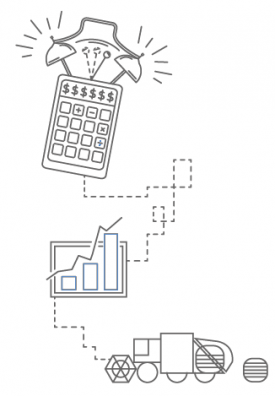AUTHOR
Most Australian States and Territories have recorded substantial growth in agricultural property values and transactional activity over the past few years.
In 2021, the national average growth was 20%, and double-digit growth was seen throughout 2022 as well.
Farming land, where held in a self-managed superannuation fund is often a large portion of the overall fund balance. We are noticing liquidity issues arising in several such landholding superannuation funds. 
These issues will need to be addressed soon. The lease income generated by the farming land has not maintained pace with the large growth in rural property prices, this means in many cases minimum pension requirements have outpaced the lease income received. This issue will only exacerbate with the current ‘COVID’ minimum pensions rates (50% of the standard rates) set to end from 1 July 2023.
The trustees of the self-managed superannuation fund may need to weigh up some potential considerations, including:
- Should the land be transferred out of the superannuation environment (stamp duty issues should be considered).
- Should the land be sold, with sale proceeds remaining inside superannuation and increasing liquidity available to fund future pension requirements.
- Determine whether other investments can be sold to generate additional cash flow but would only provide a temporary solution to the liquidity issue.
- Do the members have capacity to make further contributions to superannuation (or rollover balances from elsewhere) to shore up liquid assets within the superannuation fund to continue to comply with minimum pension requirements.
- Whether existing account-based pensions should be partially rolled back to accumulation to reduce future minimum pension withdrawal requirements. This will likely cause additional income tax to be payable annually by the Super Fund.
- Whether land values should be reassessed more frequently. For example, with recent rising interest rates and increased global uncertainty forecasted demand for land is predicted to ease. This could lead to a potential for agricultural property prices in some areas to fall. Obtaining an updated valuation to reflect this fall would reduce the cash required by the Fund to cover minimum pensions.
Other recent changes made to superannuation laws have provided some relief in cash flow planning. These include the removal of the work test, (the ability to make non-concessional contributions up to the age of 75) and the use of ‘bring forward’ contribution arrangements can be utilised to assist with cashflow in some circumstances.
The recent announcements to tax superannuation balances more than $3 million at a rate of 30%, while not yet legislated, also needs to be considered as some of the options presented above may become less attractive.
With superannuation law becoming increasingly complex over the last few years and into the foreseeable future, now may be a good time to review your long-term plan regarding your superannuation fund.
The information contained on this page is general in nature and does not take into account your personal situation. You should consider whether the information is appropriate to your needs and where appropriate, seek professional advice.
FOR MORE INFORMATION
If you would like to know more about your farmland super fund, your local RSM advisor would be happy to discuss further.





